NURBN2009 Health Promotion Program Report: Diabetes Mellitus Control
VerifiedAdded on 2022/10/15
|5
|1107
|15
Report
AI Summary
This report details a health promotion program designed to prevent and reduce the risk of diabetes mellitus within the City of Casey. The program's SMART goals, emphasizing specificity, measurability, achievability, realism, and time frame, are outlined. It explores the concept of empowerment in diabetes management, highlighting how patients can gain knowledge and skills to improve their health. The report differentiates between health promotion and health education, emphasizing the program's focus on strategies to improve overall health. It also covers advocacy, mediation, and enabling strategies used to reach the target population, including the involvement of community councils and healthcare professionals. The report discusses health equity and equality within the program, showing how all community members are provided with equal opportunities and resources. Furthermore, it emphasizes the critical role of nurses in providing personalized care, education, and motivation to patients, offering insights into the practical implementation and evaluation of the program. The report is based on the assignment brief for NURBN2009 and includes references to relevant literature.
1 out of 5
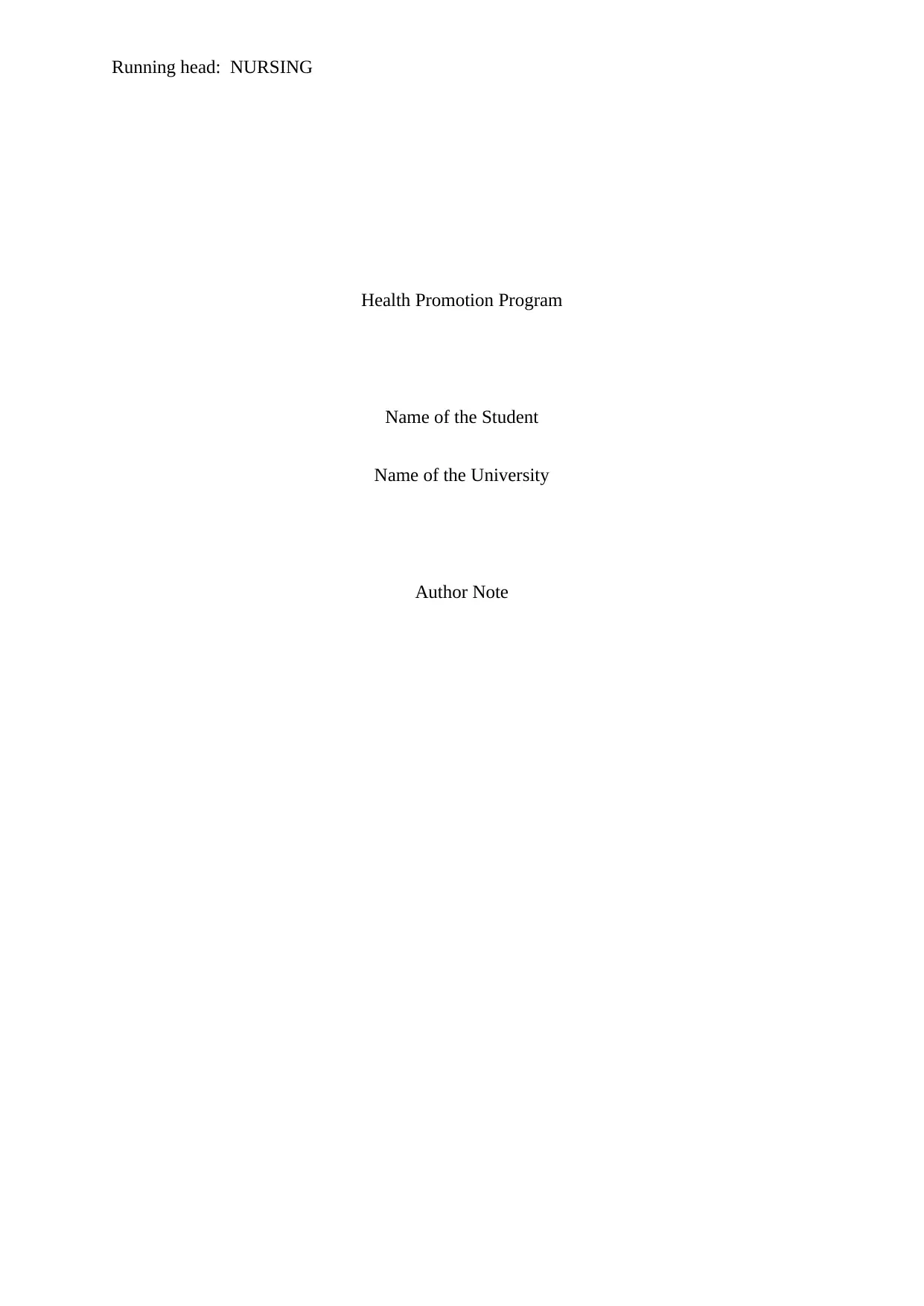
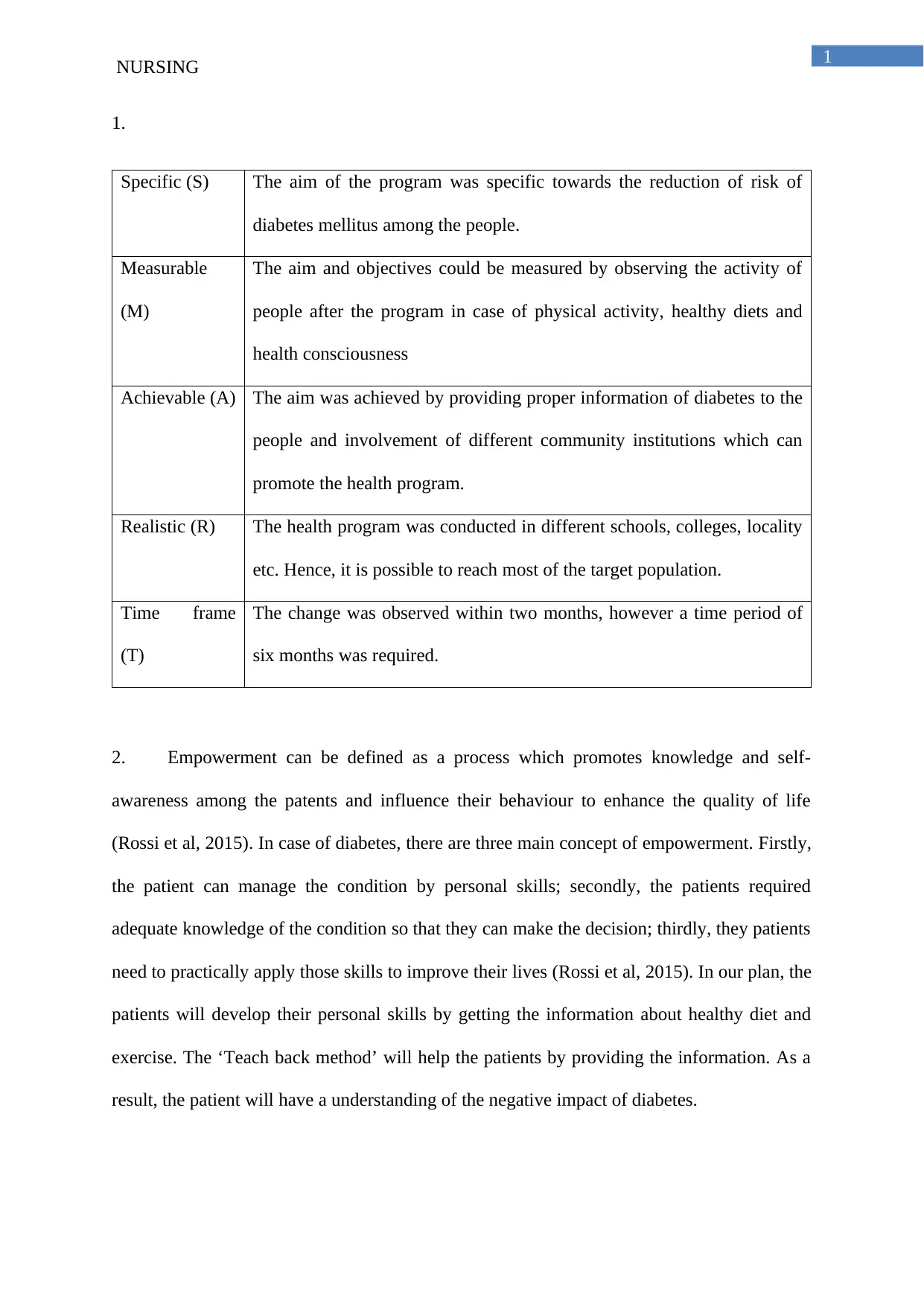
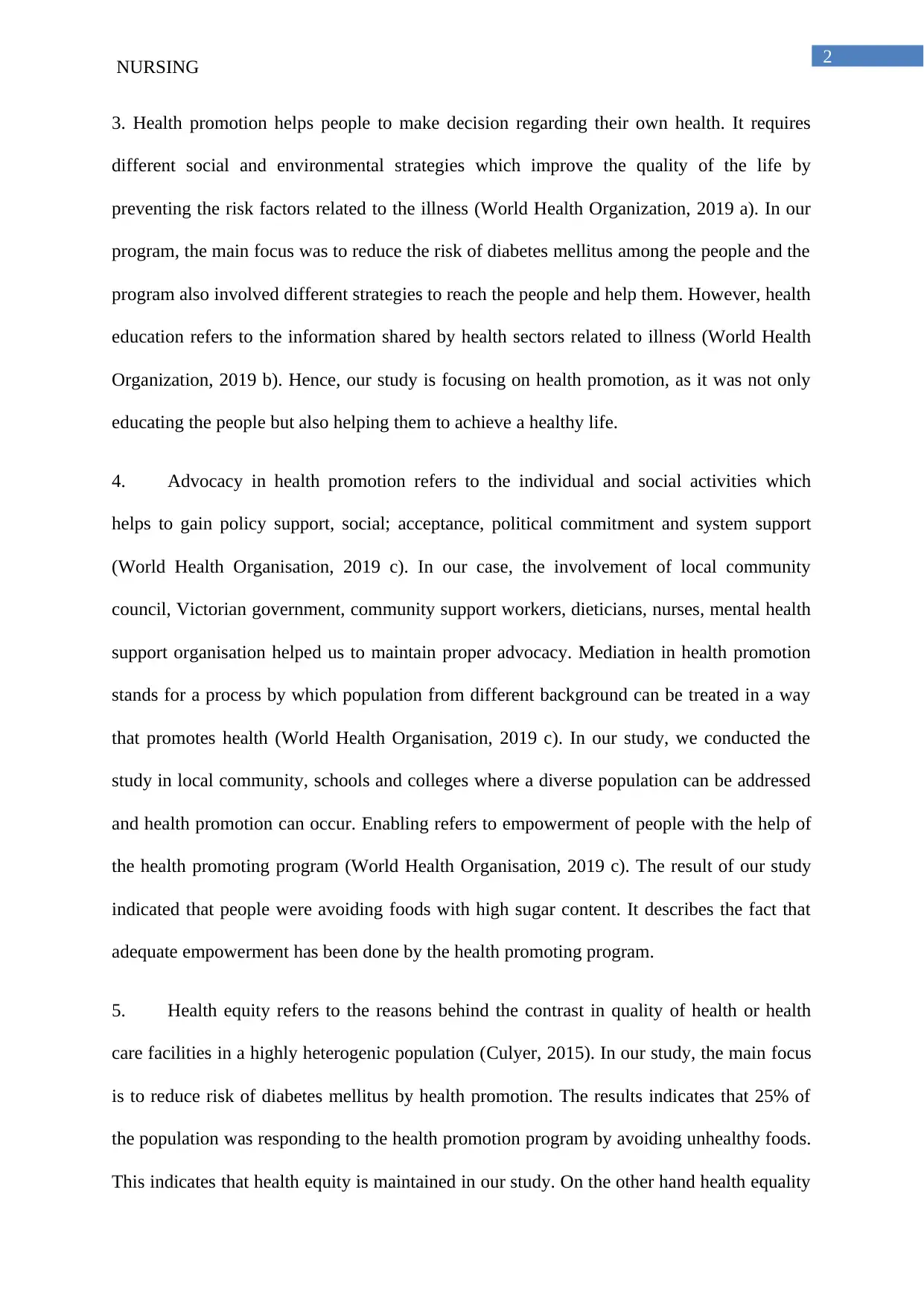

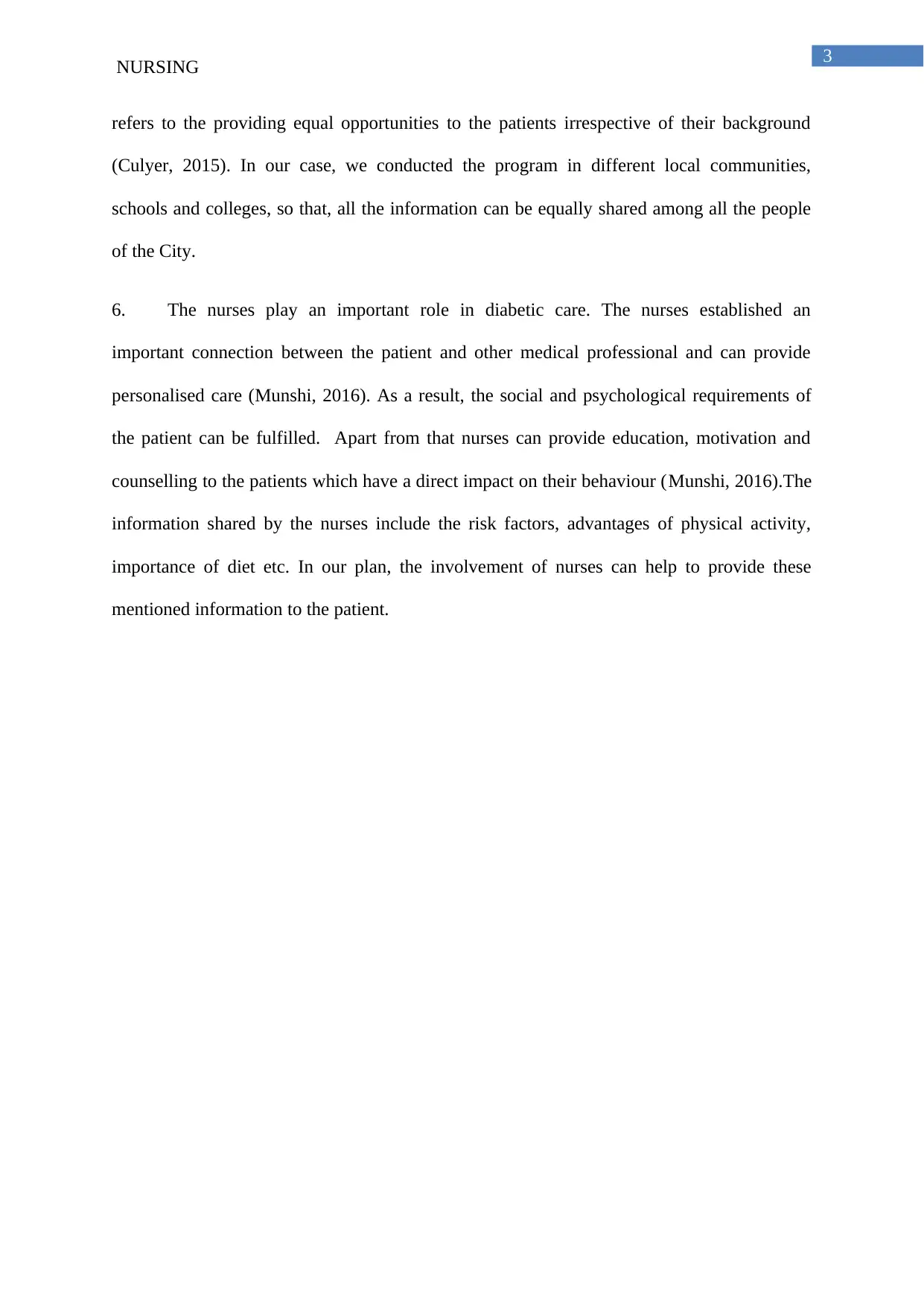
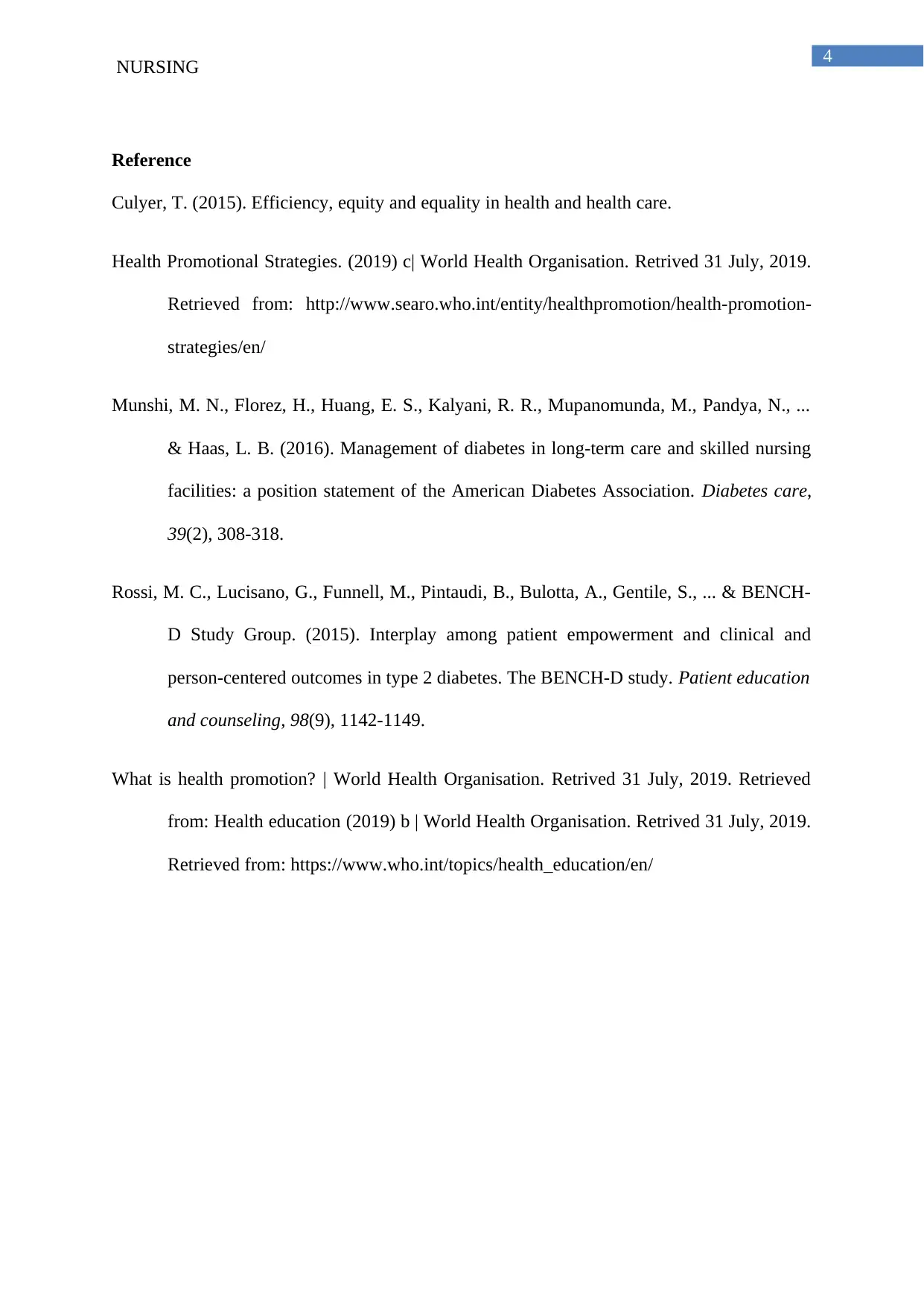






![[object Object]](/_next/static/media/star-bottom.7253800d.svg)